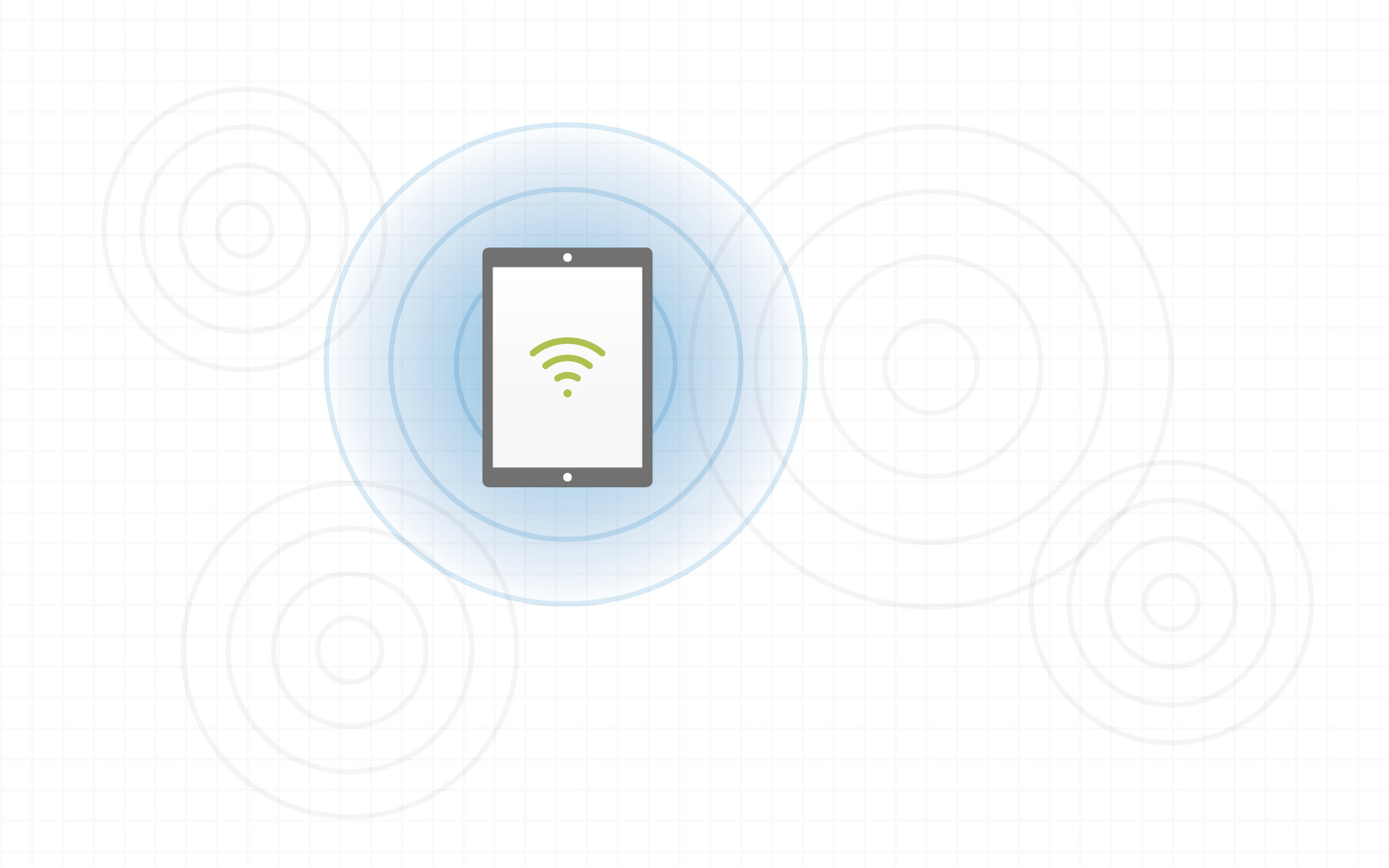Co-authored by Jeevan Patil, Sr. Manager, Product Management for Wireless LAN Controllers
What is common between a CIO working at a hospital planning to roll-out a caregiver mobile app, the IT Director at your child’s school about to share course content using digital interactive textbooks and the IT Administrator at your local retail store enabling employees to access inventory on iPad? All of these customers expect a wired-like reliable user experience for business apps over the WLAN, and also one that is simple and quick to rollout.
Mobility is a critical enabler to digital business. Due to the multi-function nature of mobile devices like the iPhone and iPad, students in a dorm room may be trying to access real-time entertainment (music videos on YouTube) while simultaneously accessing education applications.
If you’ve been following Cisco over the last year, you’ve probably heard about the Cisco and Apple partnership we announced a year ago, and about our most recent announcement at the WWDC. This recent update consists of three key enhancements:
- Optimized Wi-Fi connectivity
- Prioritize Applications in Cisco and Apple environments and
- Collaboration enhancements
In this blog, we will deep-dive into the first two network enhancements:
Optimized Wi-Fi Connectivity:
In a Wi-Fi environment, delay in roaming as a result of users moving between access points, causes a poor experience in terms of dropped calls or patchy video especially for rich-media real-time applications. This is where 802.11r, the fast-roaming standard enables roaming without complete re-authentication. 802.11k enables providing a client with neighbor lists, and 802.11v BSS Transition allows WLAN Infrastructure to nudge the client and additionally enables device power-savings.
These are great capabilities, but they’re not widely implemented. Why?
- Because most customers don’t turn on incremental functionality due to operational complexity.
- In an environment with 802.11r capable iOS devices and non-802.11r capable legacy clients, you need a separate SSID that typically increases (up to 2x) the management overhead. This is why lowering the number of SSIDs is the best practice.
Therefore, in working with Apple we have jointly developed the following and tested extensively:
- We are turning standards on by default.
- A mutual hand-shake allows Cisco WLAN to selectively turn 802.11r for supporting iOS devices only
In our lab tests we measured benefits to be up to 8x roaming performance and 66% more reliable Wi-Fi calling, up to 85% fewer messages with the radius server and up to 50% reduced management overhead.

Prioritizing Business Apps in Cisco and Apple environments:
Think about the retail stores you visit these days, store clerks are not using stationary cash register type point of sale systems – new businesses are deploying iPad based mPOS platforms that provide a better and simplified customer experience. These mPOS devices need a reliable wireless network and the assurance that when a sales transaction is made, everything will work just fine. However, in these retail stores, employees on a break are possibly loading it with bandwidth-gobbling streaming apps. This can have a negative impact on the mPOS app performance which results in longer wait times for customers and loss or revenue for the retailer.
Administrators today could classify applications at the Access Points using deep-packet inspection such as Application Visibility and Control (AVC) and prioritize them upstream.
While it does allow prioritizing applications, there are problems that remain unresolved:
- Inability to prioritize applications appropriately between the client and the Access Point which in turn uses up the most limited resource, “the air”.
- Significant burden on the IT administrator to manage prioritization of applications across the enterprise.
The Cisco and Apple partnership enables:
- Apple devices running iOS 10 support a QOS(DSCP/UP) profile for prioritization of white-listed applications. This empowers enterprises to prioritize apps even over-the-air between the client and Cisco Access Point!
- The handshake between the Cisco access points and iPhone and iPad enables the Cisco network to trust the priority setting in the apps, and this is all done by implementing IEEE standards.
- IT has full control – the network administrators always have the ability to change the priority – so the mPOS iPad will always get priority over video streaming, you would get your purchases done quicker and be on your way to solve a different challenge at work.

How do I learn more about this ?:
Visit the Cisco and Apple websites for more information about the innovations that are a part of this partnership. Chances are that with a simple software upgrade on your Cisco wireless infrastructure and iOS device you can enable the exciting new functionality and check off “Mobile enterprise” from your task list. Reach out to your local sales team to understand how Cisco and Apple can help you transform your business.


Well informative article!! Actually as per our mobile enterprise inquiries, we can guess that it will be huge market for this field. Let us know more from you. Hope you will provide the desired information regarding. Thanks in advance.
Its a good step towards future, lot more to see with IOT.